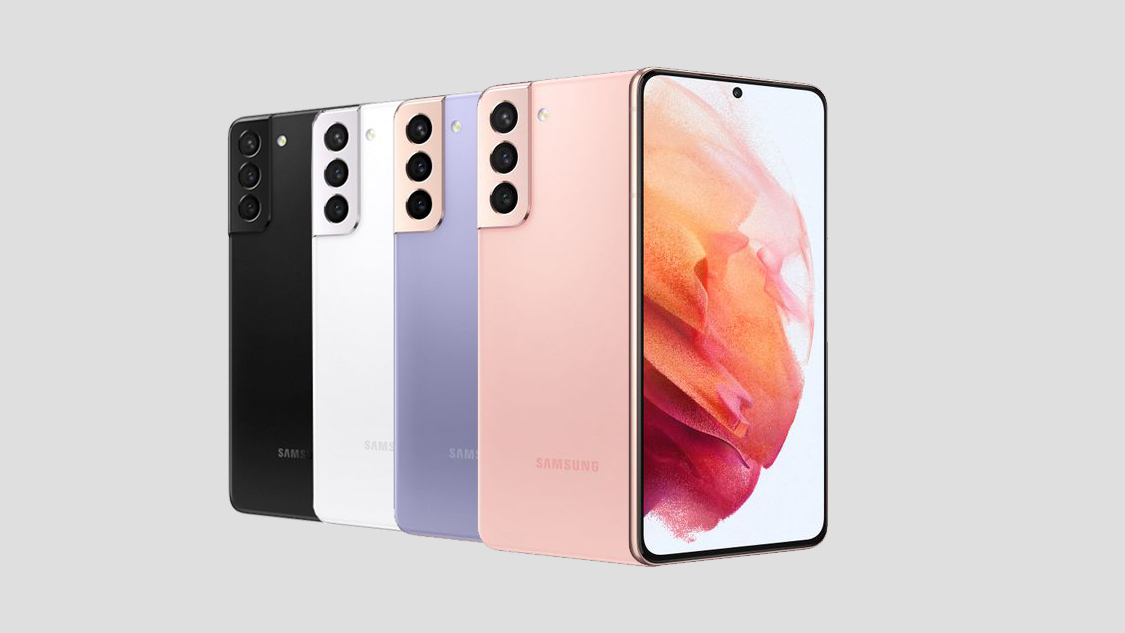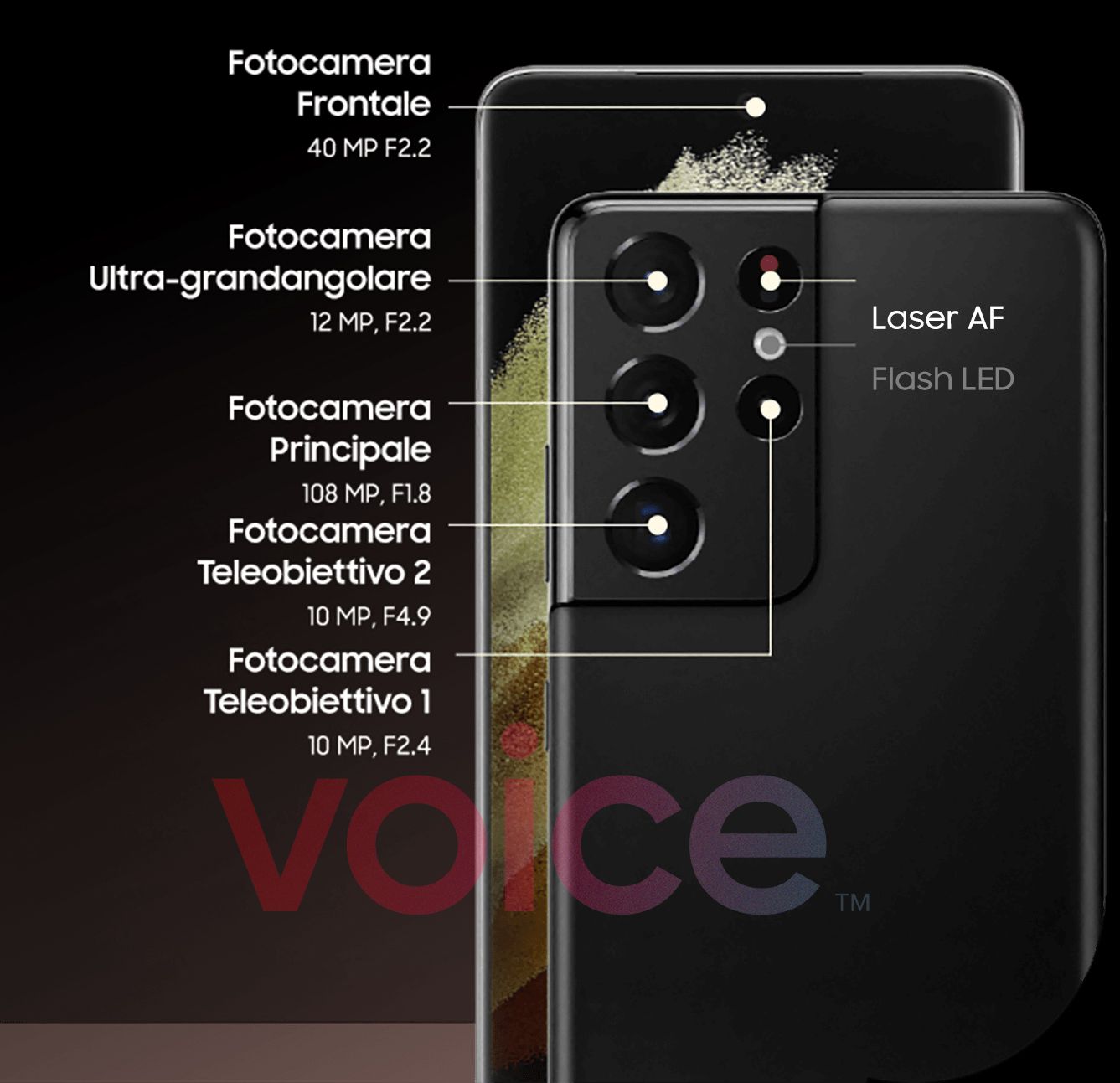Samsung Galaxy S21 leaks just confirmed key camera and display specs
Expect a major camera upgrade for the Samsung Galaxy S21 Ultra

The Samsung Galaxy S21 is due to launch on January 14, but we've just got more leaks about its cameras and display.
What appears to be official graphics from Samsung identifying all the cameras and their specs have been posted by Evan Blass on Voice. Meanwhile, leaker Ice Universe tweeted how the Galaxy S21 Ultra will be able to use its maximum QHD resolution with a 120Hz refresh rate enabled at the same time; that's something the Galaxy S20 Ultra couldn't manage.
- Samsung Galaxy S21 release date, price, specs and leaks
- The best phones on sale right now
- Plus: Samsung Galaxy S21 leak reveals staggering amount of features
Blass' images show two different Galaxy S21 camera layouts, one for the S21 and S21 Plus, and the other for the S21 Ultra. The former has a 12MP main camera, 12MP ultrawide camera and 64MP telephoto, with a flash module sitting outside the main camera bump and a 10MP selfie camera on the front.

This arrangement is basically identical in specs to the cameras of the Galaxy S20. The Galaxy S20 Plus also had a time-of-flight (ToF) sensor, but Samsung looks to have dropped it.
ToF sensors can help deliver improved portrait shots, so fans of such photography might find its removal a little disappointing. Samsung could have figured out a way to get the same results using improved computational photography, so dropping the sensors could free up space inside the Galaxy S21 Plus; this is all speculation though.
The Galaxy S21 Ultra's set-up makes a few changes. The main camera is now a 108MP sensor, while the telephoto camera has been replaced with two separate 10MP sensors. These graphics don't mention their magnification, but earlier rumors have claimed they will be capable of 3x and 10x zoom respectively.

Also on the back of the S21 Ultra is a flash module and more importantly a laser autofocus sensor. We first saw Samsung use this on the Samsung Galaxy Note 20 Ultra to help the large 108MP camera focus quickly and reliably, a problem the Galaxy S20 Ultra suffered with.
Sign up to get the BEST of Tom's Guide direct to your inbox.
Get instant access to breaking news, the hottest reviews, great deals and helpful tips.
The final sensor shown on the S21 Ultra's image is a 40MP front-facing camera. Once more, Samsung's produced a hardware-heavy flagship, which we'll finally see in action at the launch next week. Other features to look out for include new Snapdragon 888 chipsets and S Pen stylus compatibility on the S21 Ultra.
A major display problem fixed
Another fresh leak about the S21 Ultra came from Ice Universe. As mentioned, their tweet shows the settings menu of the Ultra has an option to have both the maximum 120Hz refresh rate and maximum QHD resolution enabled at the same time.
👏Galaxy S21 Ultra realizes WQHD+ resolution and 120Hz adaptive refresh rate can be turned on at the same time pic.twitter.com/FpiB8jAxyCJanuary 5, 2021
The S21 and S21 Plus are also capable of 120Hz refresh rates but have an FHD resolution instead of QHD. While the FHD panels are strictly a downgrade compared to the QHD S20 and S20 Plus, the reduction in pixels will hopefully make for better battery life overall.
Another difference is that the S21 Ultra uses an LTPO display, which put simply allows the phone to vary its refresh rate a lot more freely than standard models, cranking up the frame rate for gaming purposes but dialing it back down if you're looking at photos. This reduces the screen's need for power and therefore extends the battery life compared to a device that's constantly at 120Hz.
So far the Galaxy S21 series is looking like a neat upgrade over the Galaxy S20 series. It's perhaps more evolution than revolution, but that could still earn it a spot on our best phones list.

Richard is based in London, covering news, reviews and how-tos for phones, tablets, gaming, and whatever else people need advice on. Following on from his MA in Magazine Journalism at the University of Sheffield, he's also written for WIRED U.K., The Register and Creative Bloq. When not at work, he's likely thinking about how to brew the perfect cup of specialty coffee.
